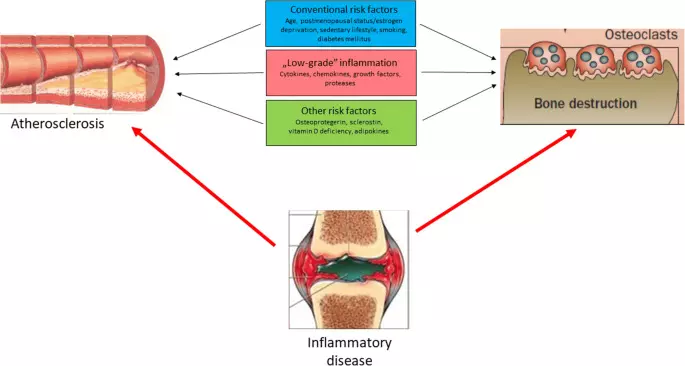Antimicrobial therapy for both partners found effective for women with bacterial vaginosis: NEJM

A new study published in The New England Journal of Medicine revealed that in addition to treating female patients, treating male companions with oral metronidazole and topical clindamycin decreased the prevalence of recurrent bacterial vaginosis after 12 weeks when compared to treating only women.
One-third of women of reproductive age have bacterial vaginosis, and recurrence is frequent. Treatment with a male partner may improve the chance of recovery, according to evidence of sexual exchange of organisms linked to bacterial vaginosis. In order to determine the impact of treating male and female partners independently on the prognosis of bacterial vaginosis, Lenka Vodstrcil and colleagues carried out this investigation.
The partners in which a woman experienced bacterial vaginosis and was monogamous with a male partner were included in an open-label, randomized, controlled study. In the partner-therapy group, the male partner got oral and topical antimicrobial treatment (two times a day for 7 days, 2% clindamycin cream applied to penile skin and 400 mg tablets of metronidazole) while the woman received first-line prescribed antibacterial medicines. The male partner in the control group received normal care, while the lady received first-line therapy. Recurrence of bacterial vaginosis within 12 weeks was the main result.
The partner-treatment group consisted of 81 couples, whereas the control group consisted of 83 couples. After 150 couples had finished the 12-week follow-up period, the data and safety monitoring board decided to end the experiment because the treatment of the woman alone was not as good as the treatment of the woman and her male companion.
Recurrence was observed in 24 out of 69 women (35%) in the partner-treatment group (recurrence rate: 1.6 per person-year; 95% CI: 1.1 to 2.4) and in 43 out of 68 women (63%) in the control group in the modified intention-to-treat population. This represents an absolute risk difference of −2.6 recurrences per person-year. Men receiving treatment had headaches, nausea, and a metallic taste as side effects.
Overall, when women were treated for bacterial vaginosis and their male partners received combination oral and topical antimicrobial medication, the risk of bacterial vaginosis recurrence after 12 weeks was lower than with conventional care.
Reference:
Vodstrcil, L. A., Plummer, E. L., Fairley, C. K., Hocking, J. S., Law, M. G., Petoumenos, K., Bateson, D., Murray, G. L., Donovan, B., Chow, E. P. F., Chen, M. Y., Kaldor, J., Bradshaw, C. S., & StepUp Team. (2025). Male-partner treatment to prevent recurrence of bacterial vaginosis. The New England Journal of Medicine, 392(10), 947–957. https://doi.org/10.1056/NEJMoa2405404
Powered by WPeMatico






